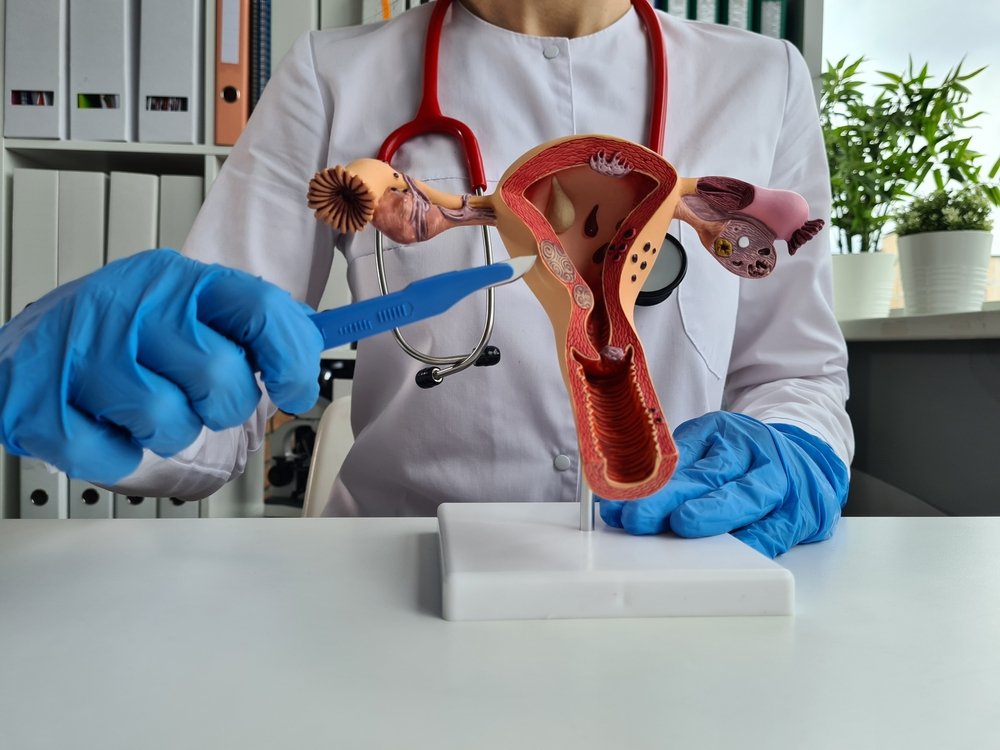
What is Hysteroscopy Surgery?
Hysteroscopy surgery is a minimally invasive procedure that uses a slim, camera-equipped instrument called a hysteroscope. It is gently inserted through the vagina and cervix to examine and treat issues inside the uterus—without any external cuts.
What Conditions Can Be Treated?
This method is effective for treating conditions like fibroids, polyps, uterine septum, adhesions, and thickened uterine lining. It not only relieves symptoms such as abnormal bleeding but also supports better fertility outcomes.
What is the Recovery Process After Hysteroscopy Surgery?
Since there are no abdominal incisions, recovery is usually quick. Most patients go home the same day with very little discomfort. Mild cramps or light bleeding may occur for a short time and can be easily managed with medication.
What is Laparoscopy?
Laparoscopy is a surgical procedure that uses small incisions to examine and treat conditions affecting the abdomen and pelvis. It allows doctors to view the uterus, ovaries, and fallopian tubes without the need for large cuts.
Why is it Done?
This procedure helps diagnose and manage issues such as endometriosis, fibroids, ovarian cysts, and blocked fallopian tubes. It is often recommended when imaging tests don't provide enough detail.
How is the Procedure Performed?
A laparoscope—a thin, lighted instrument—is inserted through a small incision near the belly button. This lets the surgeon see and operate on pelvic organs with precision and minimal trauma.
Recovery and Risks?
Recovery is usually quick, and many patients resume normal activities within a few days. As with any surgery, there are risks like infection, internal bleeding, or injury to nearby organs, but complications are rare.
Safe & Skilled Care
Both hysteroscopy and laparoscopy are performed with expert precision by Dr. Dipti Gadge. With a focus on comfort, safety, and results, patients receive thorough care from diagnosis to recovery.
